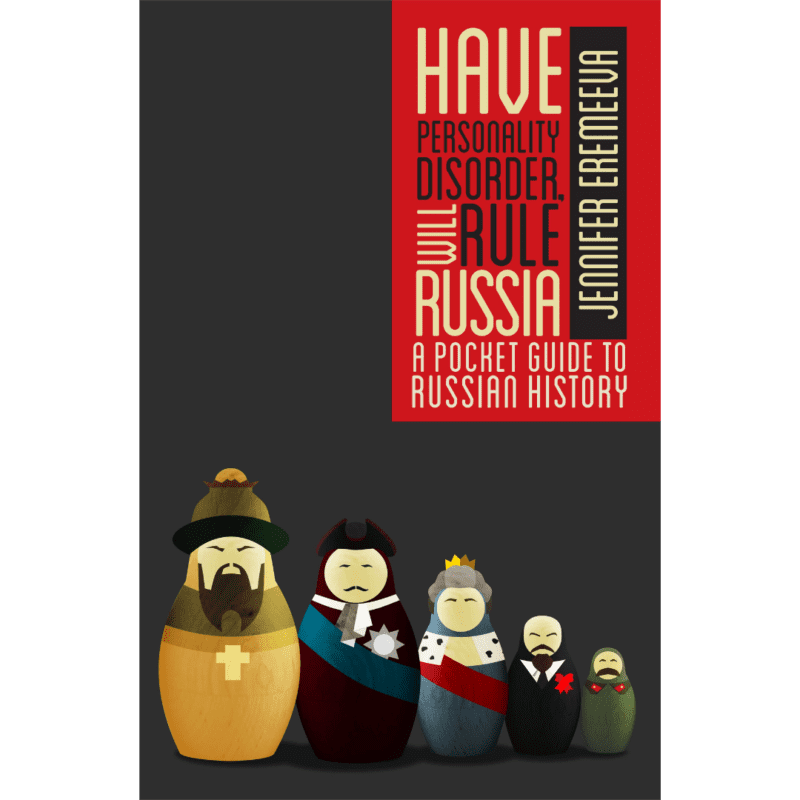Today is the beginning of Maslenitsa, Russia’s version of Mardi Gras!
I wrote this piece for one of papers I write for, but they went with something about bears in Trafalgar Square which I didn’t feel was nearly as informative, nor indeed entertaining. Looks like Olga Quelque Chose strikes again…So, here it is for fans of The Stunt:
There are a number of non-negotiables about life in Russia. You can’t have the window open—ever. You have to take your shoes off when you enter any residential dwelling—always. And, if you plan to earn the respect of your family, you need to learn how to make bliniy or pancakes—well. Particularly this time of the year. It has eluded me, in the past but this year, I promised myself I would master the art of the elusive Russian pancake in time for Maslenitsa. I rolled up my sleeves. I delved into 19the Century cookbooks. I cornered old women at the farmers’ market. I contemplated calling my mother-in-law.
“I have to work today, “ said my workaholic Russian husband last Saturday.
“Perfect,” I muttered, “I need you out from under my feet. I have to crack this bliniy recipe, and it is going to take me all day.”
“Don’t overdo it,” he cautioned hastening out the door.
“Don’t you dare have anything to eat,” I yelled after him, “because we’ll be having sixty pancakes for dinner!”
With enough butter, anything is good.
~Julia Child
The pressure is on. Maslenitsa is upon us! Russia’s riotous Mardi Gras: a week of partying, pancakes and punch-ups which celebrates the end of winter, the beginning of Lent, and the promise of spring. Half-heartedly absorbed into the Russian Orthodox Calendar, Maslenitsa is really a tenacious rite of spring belonging to a much older, more pagan culture of nature worship, agrarian traditions, and a heightened awareness of the change of seasons.
Maslenitsa was originally pegged to the vernal equinox, that moment in early spring when the sun passes directly over the equator, making day and night equal length. Of the four points of the calendar (the solstices and the equinoxes), the vernal equinox was most revered by ancient societies, because it heralded the return of the sun and life after the darkness and death of winter. Many ancient monuments such as the Temple of Solomon in Jerusalem were oriented such that the rays of the vernal equinox sunrise would fall directly above the High Alter.
Pagan Slavs interpreted natural phenomena in their religious worship with stories of human love and betrayal, sex and separation, and life and death. In a popular myth reminiscent of Egyptian Isis and Osiris, Russia’s Yarilo and Morana are brother and sister lovers who represent life and death, fire and ice, and spring and winter. Their courtship reaches a fever pitch during the summer solstice, only to spiral into betrayal in autumn, and separation and death in the winter. Spurred Morana turns into a fearsome hag, spreading death and frost in her wake. Crops wither to dried straw as Yarilo retreats to the underworld. As spring returns, the faithful burned a straw effigy of Morana on top of the snow to call forth Yarilo back from the Underworld. As the flames of the straw Morana crackled, pagan Slavs celebrated the return of spring by dancing, wrestling, and feasting on life-affirming pancakes, symbolic of the sun and eternal life.
Christians, ever-efficient recyclers of other people’s holidays, have nevertheless found Maslenitsa an awkward fit in the liturgical lead in to Easter. In agrarian Russia, Lent served as a handy spiritual excuse for a Spartan diet as it excludes meat, cheese, oil, eggs, alcohol, and butter, all of which do a lot to spice up plain buckwheat kasha. The forty days of Lent coincide with the period when the staples of winter stores had dwindled down to a bare minimum in Russia. Nowadays, of course, you can get mangos and quail in aspic at any supermarket year round, but many Russians proudly go through “The Great Fast,” as a way of clawing onto some moral high ground and dropping twenty pounds in less than two months: both goals easy to achieve if you are subsisting on buckwheat porridge and cabbage soup. Maslenitsa contains the word “maslo” meaning butter, although some scholars argue that it is a more ancient version of “mysia pust’” meaning “empty of meat.” Whatever the explanation, it is a time to gorge on butter, cheese, and cream, and is to Russia what Shrovetide is to the Anglo-Saxons and Carnival and Mardi Gras are to the Spanish and French: a public celebration of the return of light and warmth and the last gasp of fun and fat – and pancakes of course– to be had before the onset of Lent.
This piece first appeared in La Russie D’Aujourd’hui and Le Figaro on February 16, 2011 in French under the title: “Les blinis sans états d’âme”
Photos (and pancakes) by the author. All Rights Reserved.
Hello Readers!
Have you had a pancake today? Want to know the very best pancake recipe ever (much better than any of the ones posted that I’ve seen?) Hit the comment button below and I’ll let you in on it. Not for the faint hearted!!!










Probably a good idea to stay home and cook this year!! Bon whatever…..
How did your pancakes turn out? Did you crack the code?
We’ll have crepes tomorrow, but the recipe is the old
faithful from The Cookery Year.
I came home tonight to the wonderful sight and smell of a huge stack of blini! My morning nanny made them and my girls had devoured at least half the stack before I got home. Apparently, lunch, snack AND dinner was blini with smetana. Frankly, smearing smetana on blini is the fastest way to destroy the taste but my 2 girls adore smetana. I like my blini plain – just me and the butter!
Sadly, I think I must join the Great Fast this year. I certainly have the 20 lbs and no excuses!
Keep up the great blog.
The Catholic lent starts on Ash Wednesday which is 9 March this year (so I get to eat chocolate on International Women’s Day for the first time in years!!) whereas the Orthodox Lent starts on Monday 7 March. So the Orthodox Lent is two days longer. The Catholic version includes 40 fast days and six Sundays (Sundays cannot be fast days). I once asked someone why the Orthodox lent is longer than 40 days. The answer I received made no sense and sounded made up. Any ideas?
The Orthodox Great Lent is made up differently but its duration is the same. It includes 40 fast days and 6 days of The Passion Week (46 days in total). and May I also add that all of the Sundays are in fact fast days.
Great photo!!! And loved the Blini!!
So what is the secret know how cook the best bliny?
I’d like to try your recipie of blini. Actually, the tradition to celebrate Maslenitsa was reborn after perestroika. And, of course, some things were forgotten. I was surprised when in Orthodox Russian Church in Connecticut I discovered a whole new way of making and eating blini. We are in post-soviet Russia much used to make a somewhat sweet version of blini and mostly eat it with smetana, honey and jam.
I discovered that in pre-soviet world blini were made not sweet at all. They were put on the table next to the chopped chives, smetana, hard-boiled and chopped eggs. Also on the table was caviar, marinated herring and hot chicken stock. For those that drink – chilled vodka. All of it made a main dish! Basically, you make your own filling by mixing the ingredients on the table. Very tasty! Besides, the recipie that our old church ladies use for these blini is very complex. That’s how their parents, immigrants of the 1st wave, as they are called, celebrated Maslennitsa, that’s how it used to be in the time of tsars.
I’m sorry if I made lots of mistakes, I barely use English here…
Why do you need to heat up kefir? Also at what point do you stop heating. Do you heat the kefir and stop or conitnue heating while you add the other ingredients?Thanks,Anna
Hi Esmegul –
Great question! You scald the milk (I don’t recommend kefir) to ensure that e proteins in the milk do not interfere with the gluteus as they rise. heat e milk until it is just about to rise to a simmer, then immediately remove from the heat. Let me know how it turns out!!!
My heart is broken. Up until now, I have been known as Her Royal Highness, Queen of Pancakes and French Toast. Maintaining this title is so much easier in the States. I would never be able to keep up in Russia.
Thanks Eugeniya. So my atheist friend was not misinformed about Orthodox practice after all. Catholics don’t treat a Sunday as a fast day and to arrive at the current duration of Lent we count the days of Passion Week (or Holy Week) in arriving at 40.
I’d love the recipe. I want to try my own hand at making blini this year, and yours look quite yummy!
So, where is the recipe?
I would love to try your recipe!
Dear Natalya –
Here is the recipe..on my other blog about Cooking in Russia: http://www.moscovore.com/blog/russian-blini/ This is a superb recipe from “Please To The Table” which I use every year. It’s an all day event, but very worth it. Let me know how it works out for you! Many thanks for your lengthy stay here at Russia Lite!